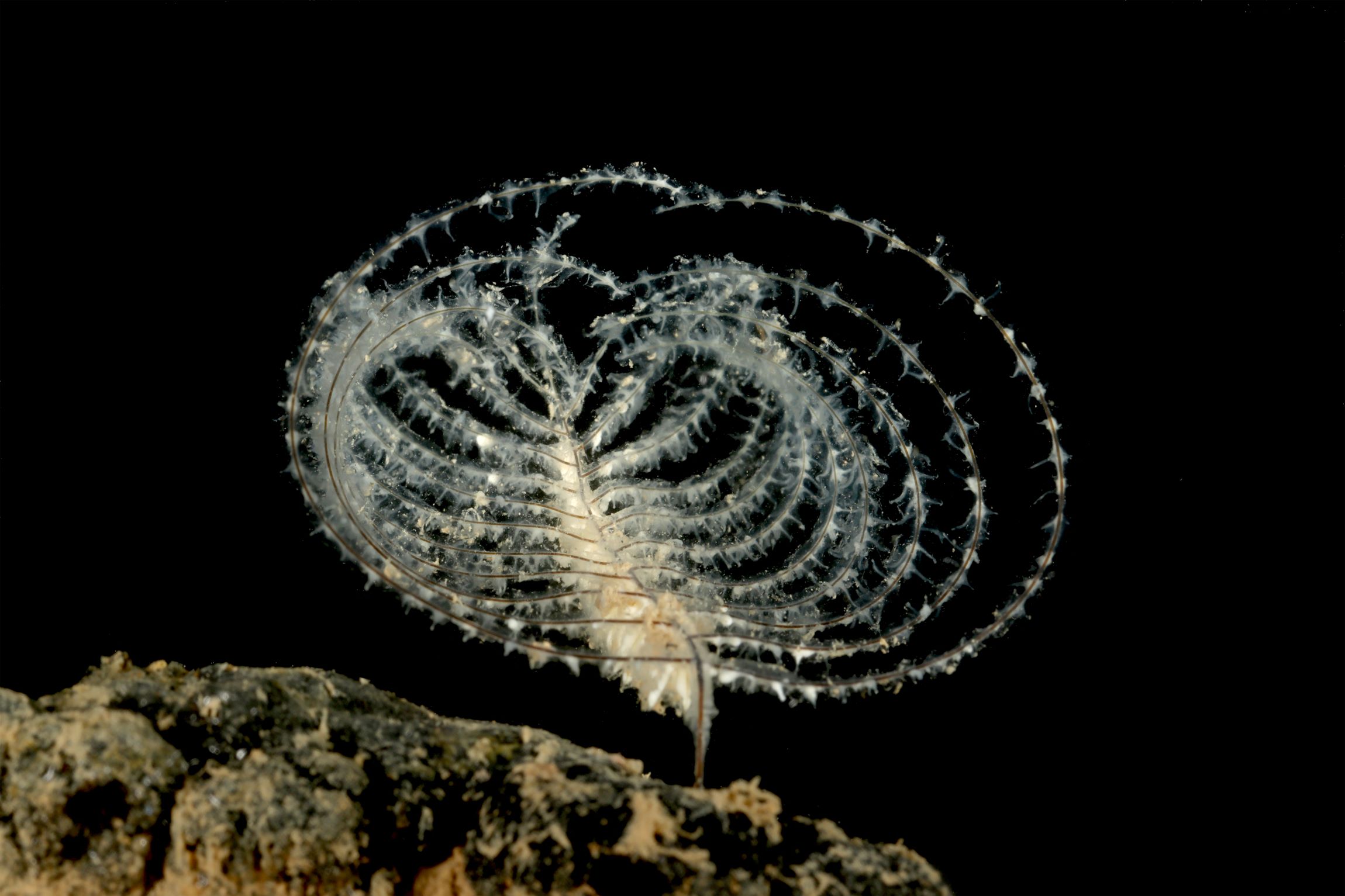· The findings follow a scientific expedition to a site the Pacific Ocean where mining tests were carried out 44-years ago
· The results show long-term changes to the sediments and a mixed outlook for animals living at these depths
A new study has revealed the long-term impacts and the first signs of biological recovery four decades after a test mining experiment that removed polymetallic nodules in the Pacific Ocean.
The findings, published today in Nature (link here), provide critical evidence to the global deep-sea mining debate.
The concerns around deep-sea mining and the impact on the marine environment are heightened by a lack of evidence and understanding of the long-term recovery of the ecosystem.
A team of scientists, led by Professor Daniel Jones at NOC and co-led by the Natural History Museum, recently visited the mining test site in the Clarion Clipperton Zone (CCZ) to investigate if recovery is possible and what impacts remain 44 years after the machines have left.
The international team discovered that the tracks of the 100-ton machine sent down to the seabed are still clearly visible, and that, though variable, the impact of the mining on some of the wildlife is ongoing four decades later.
Professor Daniel Jones of the National Oceanography Centre and lead author of the study, explains: “To tackle the crucial question of recovery from deep-sea mining, we need first to look to the past and use old mining tests to help understand long-term impacts.”
“Forty-four years later, the mining tracks themselves look very similar to when they were first made, with an 8-metre-wide strip of seabed cleared of nodules and two large furrows in the seafloor where the machine passed. The numbers of many animals were reduced within the tracks but we did see some of the first signs of biological recovery.”
“We found some recovery of small and mobile animals living on the sediment surface. A type of large amoeba-like xenophyophore, creatures commonly found everywhere in the CCZ region, had recolonised the track areas. However, large-sized animals that are fixed to the seafloor, are still very rare in the tracks, showing little signs of recovery.”
The team also discovered that sediment plumes, previously considered to be a likely major impact on the seafloor community, had limited long-term physical impacts and no detectable negative effects on animal numbers in the study.
Dr Adrian Glover, deep sea scientist at the Natural History Museum, said: "General ecological theory will predict that following disturbance, any ecosystem will go through a series of successional stages of recolonisation and growth. However, until this study, we had no idea of the timescales of this critical process in the deep-sea mining regions, or how different parts of the community respond in different ways.”
“Our results don’t provide an answer to whether deep-sea mining is societally acceptable, but they do provide the data needed to make better informed policy decisions such as the creation and refinement of protected regions and how we would monitor future impacts."
In 1979, the first of industrial trials of deep-sea mining were carried out in the Pacific. It was this site that Prof. Jones’, Dr Adrian Glover and their team visited in 2023, onboard the world-class Royal Research Ship James Cook, equipped with the cutting-edge underwater robot submersible Isis, to explore and study the aged mining tracks deep beneath the ocean's surface.
The study forms part of the NOC-led Seabed Mining and Resilience To EXperimental Impact (SMARTEX) project – funded by the Natural Environment Research Council (NERC).
All the data collected is made available to all stakeholders in order to guide future policy decisions by the ISA and the nation states involved.
[ENDS]
Notes to editors
Press contact
Natural History Museum Press Office
Tel: +44 (0)20 7942 5654 / 07799690151
Email: press@nhm.ac.uk
National Oceanography Centre Media team
media@noc.ac.uk
The Natural History Museum is a world-leading scientific research centre and one of the world’s most visited museums. Our mission is to create advocates for the planet – people who act for nature.
Our 400 scientists are finding solutions to the planetary emergency - from reversing biodiversity loss to resourcing the green economy.
We are seeking an additional £150 million to transform our South Kensington building: placing our groundbreaking research at its heart, revitalising four existing galleries, opening two new magnificent galleries and delighting 1 million more visitors a year with the wonders of the natural world.
About the National Oceanography Centre (NOC)
The UK’s National Oceanography Centre (NOC) is one of the world’s top ocean research institutions. NOC work around the globe from the coast to the deep ocean, delivering world- class agenda-setting scientific research and technology development. NOC underpin international and UK public policy, business, and societal outcomes by solving challenging multidisciplinary, large scale, long-term marine science problems.
NOC operates the Royal Research Ships James Cook and Discovery and develops cutting- edge technology for coastal and deep ocean research. Working with its partners NOC provides long-term marine science capability including: sustained ocean observations, mapping and surveying; data management and scientific research and advice.
Among the resources that NOC provides on behalf of the UK are the British Oceanographic Data Centre (BODC), the Marine Autonomous and Robotic Systems (MARS) facility, the National Marine Equipment Pool (NMEP), the National Tide and Sea Level Facility (NTSLF), the Permanent Service for Mean Sea Level (PSMSL) and British Ocean Sediment Core Research Facility (BOSCORF).
NOC is a company limited by guarantee set up under the law of England and Wales (11444362) and registered as a charity (1185265)
